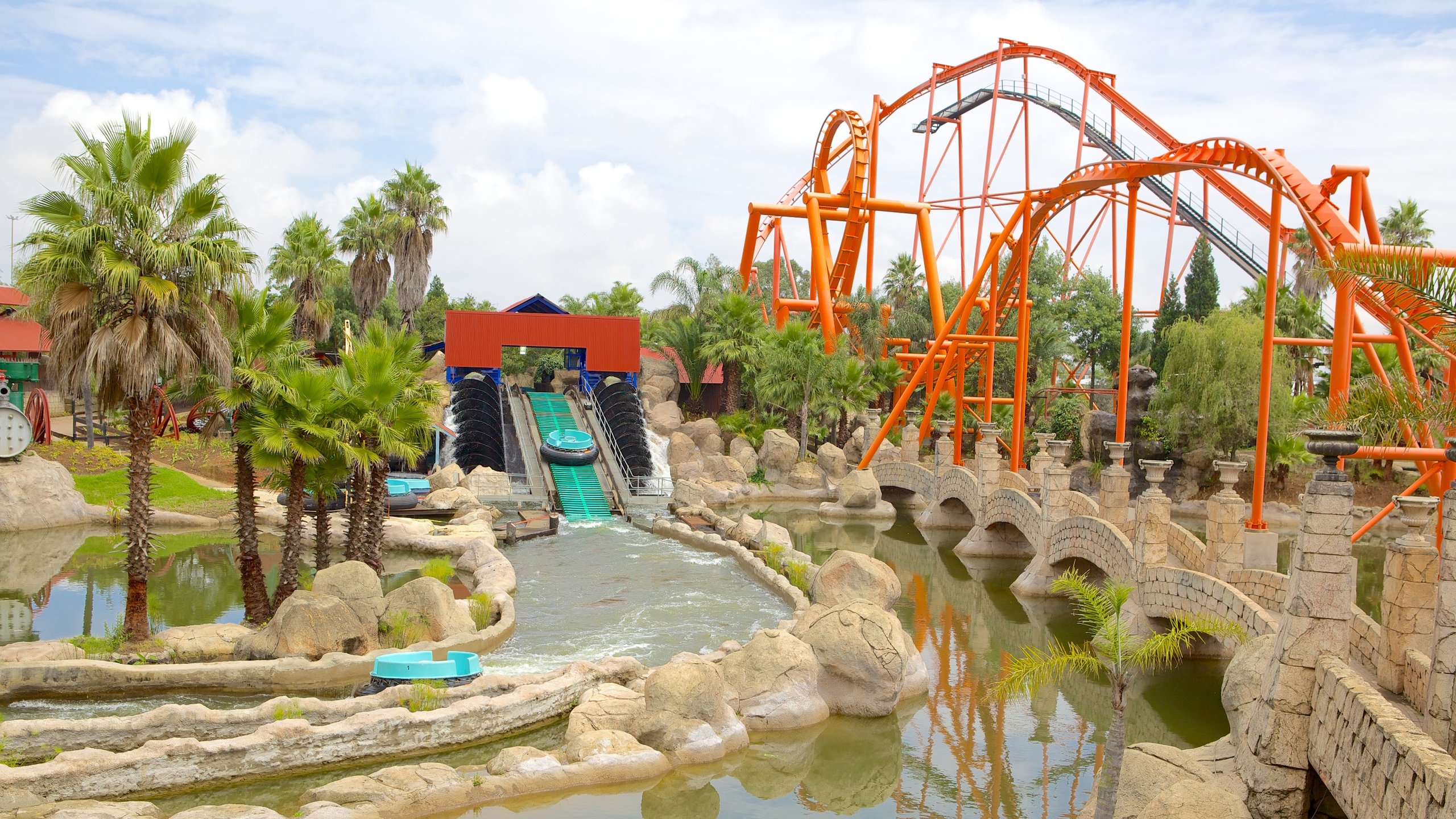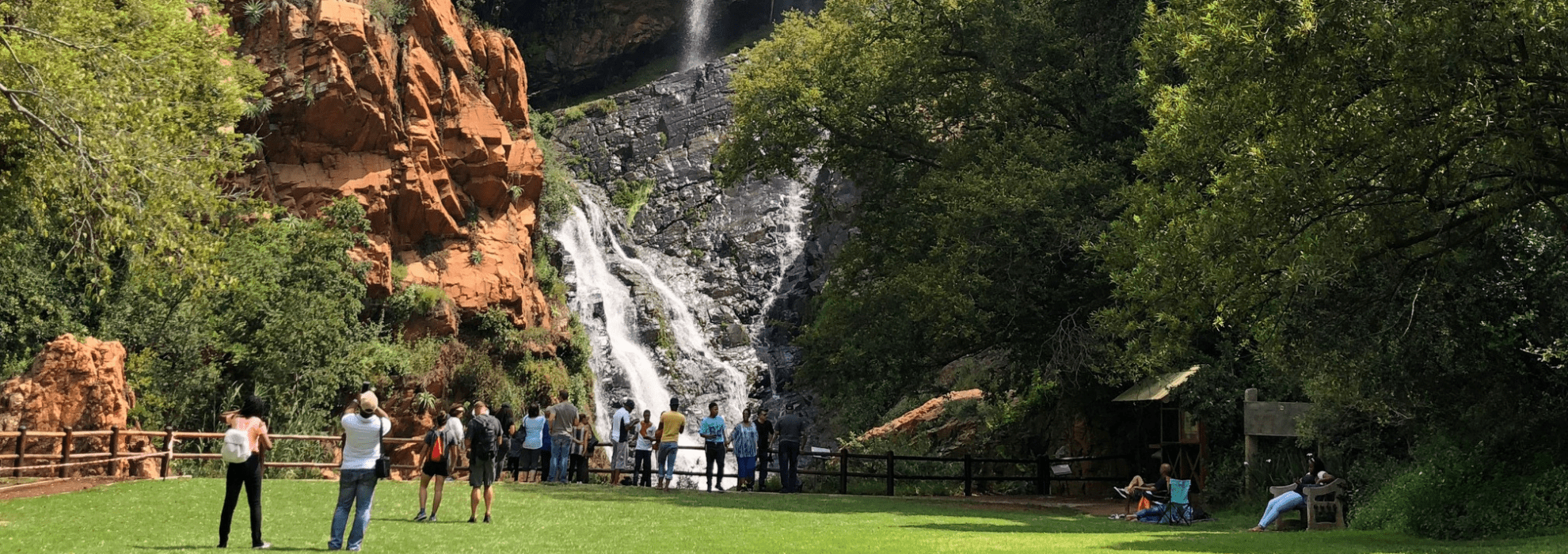Not known Details About Johannesburg North Attractions
Not known Details About Johannesburg North Attractions
Blog Article
The Best Strategy To Use For Johannesburg North Attractions
Table of ContentsThe Ultimate Guide To Johannesburg North Attractions3 Easy Facts About Johannesburg North Attractions ShownThe Basic Principles Of Johannesburg North Attractions The 30-Second Trick For Johannesburg North AttractionsThe Best Strategy To Use For Johannesburg North AttractionsThe Main Principles Of Johannesburg North Attractions Some Known Factual Statements About Johannesburg North Attractions
You should maintain safety in mind and visitors have to stay alert at all times when in unfamiliar environments. Talk with the residents when you remain in community to discover out concerning the area you are staying in. Johannesburg North attractions. When on the road (this does not put on shopping center and various other protected settings) best general advice is to try your finest to look like a neighborhood and to avoid showing any type of kind of wealth
The Main Principles Of Johannesburg North Attractions
Professor Revil Mason O. J. (Thomson, 1946) checked out the Witwatersrand's pre-colonial background. His historical work exploded the 'em pty land' myth, according to which the area was empty of human habitation before the arrival of European settlers. In his publications Prehistory of the Transvaal: A Record of Human Activity (1962) and Origins of Black Individuals of Johannesburg and the Southern Western Central Transvaal Advertisement 3501880 (1986 ), Teacher Mason demonstrated the extent of social and economic growth in the area before Europeans set foot right here.

Some Of Johannesburg North Attractions
In 1878, David Wardrop discovered gold in quartz blood vessels at Zwartkop, north of Krugersdorp. In 1881, Stephanus Minnaar came across gold on the farm Kromdraai, near the Cradle of Humankind.
In March 1886, a protrusion (quickly to be called the Key Coral reef) was found, rather luckily, on Gerhardus Oosthuizen's farm Langlaagte. Some claim that the Lancastrian coal miner George Pedestrian uncovered this reef. Another itinerant English prospector, George Harrison (who had previously operated in Australian mines) gotten a prospecting permit in regard of Langlaagte in Might 1886.
He determined to go on in a quest for greener pastures, and disposed of his Langlaagte claim for the princely sum of 10. Alas: below lay the richest goldfield ever discovered. The discovery of this abundant auriferous coral reef provoked a gold thrill that signified completion of agrarian serenity in the southern Transvaal.
It would certainly, within 6 years, come to be the biggest community in southerly Africa. Within a years, it would make the Z. A. R. up until then an anarchical and bankrupt little state the wealthiest nation in Africa. By the millenium, the Z. A. R. was to go beyond Russia, Australia and the USA of America to end up being the world's leading gold producer, generating greater than a quarter of the globe's gold.
The Johannesburg North Attractions Statements
It was called Ferreira's Camp, named after Colonel Ignatius Ferreira. He was a Boer traveler upon whom the British authorities had presented the condition of Companion of the Many Distinguished Order of St Michael and St George (qualifying him to the post-nominal letters C. M. G.) in thankfulness for his duty in the war that had actually deposed the Pedi king Sekhukhune in 1879.
Quickly the camp was including outdoors tents and wagons as newbies arrived daily from everywhere. By September 1886, some 400 people resided in Ferreira's Camp, which soon flaunted upreared iron and timber structures. 2 other camps were developed: Meyer's Camp on the farm Doornfontein, and Paarl Camp. The latter was nicknamed Afrikander Camp; lots of people from the Cape Swarm worked out there.

Some Known Details About Johannesburg North Attractions
This name obtained currency by word of view it now mouth, such that the State Assistant verified the name to the Mining Commissioner on 9 October 1886. Stands in the town were auctioned on 8 December 1886. While some stands were cost 10, others were knocked down for just sixpence.
Two years later, these erven were to alter hands for as much as 750 each. The tented camps decreased as a dorp of corrugated iron buildings created and increased north of the mines located along the Main Reef Roadway. Areas such as Jeppe's Community (where working-class immigrants erected their residences) and Doornfontein (where the upscale brand-new 'Randlords' began to create their extravagant houses) were soon included in the ever-expanding map of the town.
Some Ideas on Johannesburg North Attractions You Should Know
Apart from the street names, there were no indicators of Johannesburg being positioned in a Dutch-speaking country. Years later on, C. W. Kearns O. J. (among the initial boys registered at St John's College in 1898) would certainly remember: 'A weird fact about Johannesburg was that, although it was in the [Boer Republic], almost every person talked English and even the Government slaves resolved one in English, unless they were initial addressed in the Taal (or Low Dutch)'.
Britain had an interest in guaranteeing optimal conditions for gold production on the Witwatersrand, and that the gold was exported to London rather than Berlin an important rendered all the more clamant by the Z. A. read more R.'s raising toenadering with Germany. Mine proprietors got on a clash with Head of state Kruger, pop over to these guys whose plan of monopolistic concessions (frequently granted to his cronies) protected against mining firms from obtaining materials of products (specifically dynamite) and labour by themselves, less costly terms
The Main Principles Of Johannesburg North Attractions
In 1890, the Volksraad had limited the franchise business to white men that had actually lived in the Z. A. R. for fourteen years or longer, hence disqualifying the majority of the immigrants (that happened to be the significant contributors to the fiscus). Agitation for the vote was a simple pretense for promoting a different program; the majority of uitlanders regarded themselves as short-term site visitors and had no purpose of remaining in the Z.
Report this page